- CUSTOM BOXES
- CUSTOM BAGS
- CUSTOM STICKERS
The Ultimate Guide to Eco Friendly Cookie Packaging Supplies for Sustainable Baking
As consumers increasingly prioritize sustainability, the demand for eco-friendly products has surged across various industries, including baking. A recent report from the World Economic Forum highlights that nearly 80% of consumers are willing to pay more for products with sustainable packaging. This trend extends to the realm of cookie packaging supplies, where bakers are challenged to find solutions that minimize environmental impact without sacrificing quality or aesthetics.
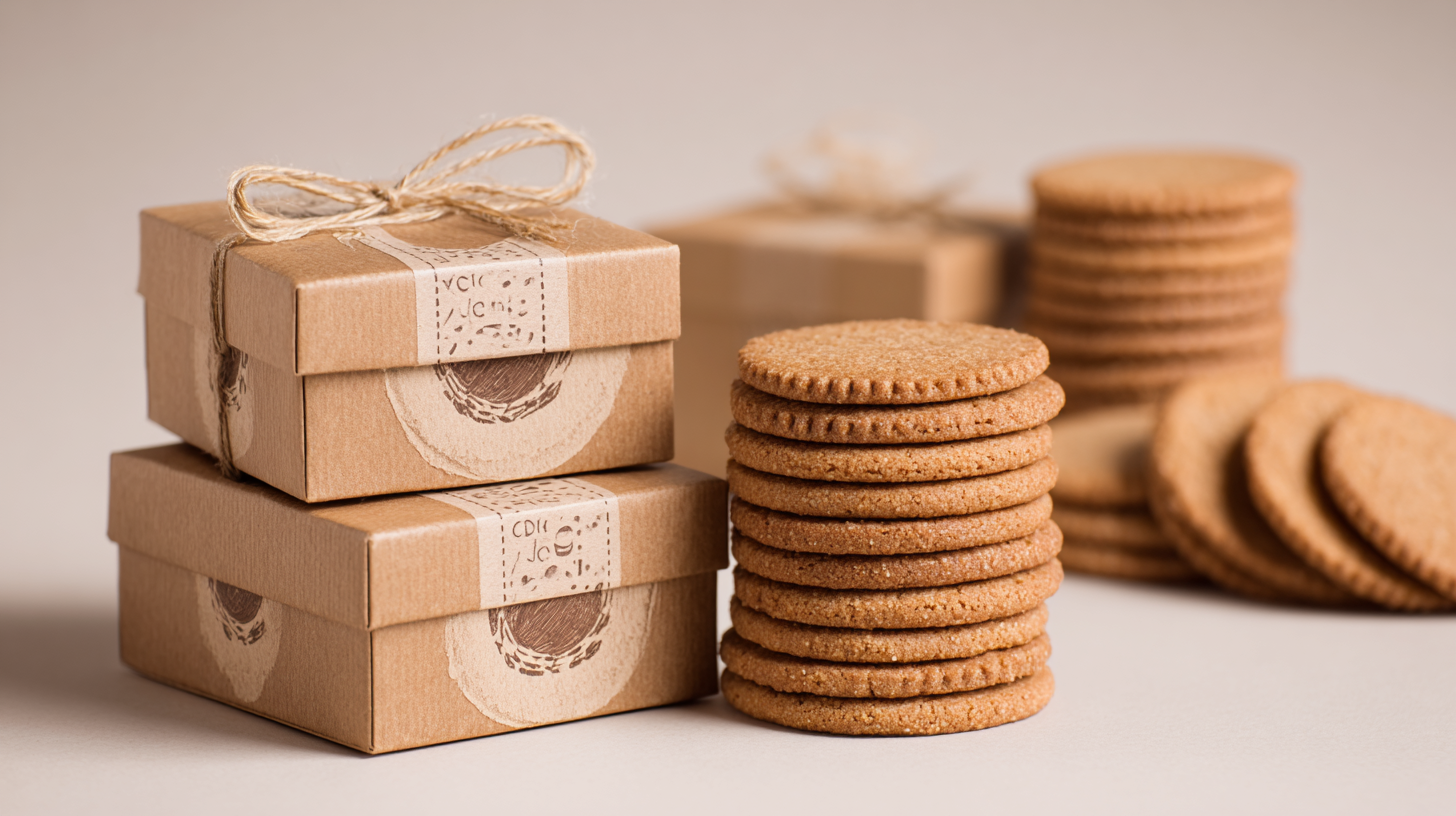
Substituting traditional packaging materials with biodegradable or recyclable options not only meets consumer expectations but also helps mitigate waste in landfills, promoting a circular economy. In this guide, we will explore the best eco-friendly cookie packaging supplies that foster sustainable baking practices while aligning with growing market demands.
Understanding the Importance of Eco-Friendly Cookie Packaging in Sustainable Baking
In today's world, where environmental issues are at the forefront, understanding the importance of eco-friendly cookie packaging in sustainable baking is crucial. Packaging not only protects baked goods but also plays a significant role in the overall sustainability of the baking process. Traditional packaging materials, often plastic-based, contribute to waste and pollution, whereas eco-friendly alternatives, such as compostable bags and recyclable boxes, help reduce the ecological footprint. By choosing sustainable packaging, bakers can minimize their impact on the planet while appealing to a growing consumer demand for environmentally responsible products.
Furthermore, eco-friendly cookie packaging aligns with the values of conscious consumers who prioritize sustainability in their purchasing decisions. When bakers use packaging made from renewable resources, they showcase their commitment to environmentally friendly practices. This not only enhances brand reputation but also fosters a loyal customer base that appreciates and supports businesses contributing to a healthier planet. Ultimately, integrating eco-friendly packaging into the baking process is an essential step for those looking to make a positive impact through their culinary creations.
The Importance of Eco-Friendly Cookie Packaging in Sustainable Baking
This chart illustrates the different types of eco-friendly packaging materials used in cookie baking and their respective adoption rates among sustainable bakers.
Choosing Biodegradable Materials for Cookie Packaging: A Comprehensive Guide
When it comes to packaging cookies sustainably, choosing biodegradable materials is key to minimizing environmental impact. Opting for plant-based materials such as paper, cardboard, or compostable plastics can make a significant difference. These materials break down naturally, returning nutrients to the soil, unlike their plastic counterparts that persist indefinitely. Look for suppliers that offer certified compostable options to ensure their products meet strict environmental standards.
Tips for choosing the right biodegradable packaging include considering the product's lifespan. If you're selling cookies that have a longer shelf life, ensure that the biodegradable materials you choose maintain freshness without harming the environment. Additionally, opt for packaging that requires minimal additional materials, such as adhesives, which can complicate recycling processes. Seek out designs that prioritize functionality while remaining entirely compostable.
Another essential consideration is the visual appeal of your packaging. Biodegradable materials can be surprisingly attractive, allowing you to create a beautiful presentation for your cookies that aligns with your brand values. Customize your packaging with eco-friendly inks and dyes to enhance your products' aesthetic while promoting sustainability.
Creative and Sustainable Design Ideas for Eco-Friendly Cookie Packaging
In the realm of sustainable baking, creative and eco-friendly cookie packaging is becoming increasingly essential. As consumers grow more conscious of their environmental impact, brands need to adapt. According to a 2022 report by Grand View Research, the sustainable packaging market is expected to reach $1.2 trillion by 2028, highlighting a significant shift towards eco-friendly materials. Thoughtful design not only enhances the appeal of baked goods but also reflects a commitment to sustainability.
When considering packaging options, biodegradable materials, such as compostable bags or boxes made from recycled paper, are excellent choices. Additionally, using natural inks and avoiding plastic can further reduce environmental impact. A recent study by the Paper and Paperboard Packaging Environmental Council suggests that corrugated boxes, often made from recycled content, can reduce landfill waste by up to 70%.
**Tips:** Use stamp seals made from recycled materials to enhance your cookie packaging. Consider incorporating plantable packaging, which allows customers to grow herbs or flowers after use. This innovative approach not only delights consumers but also extends the life cycle of your packaging in an environmentally friendly way. Engaging designs and sustainable practices can elevate your brand while contributing to a healthier planet.
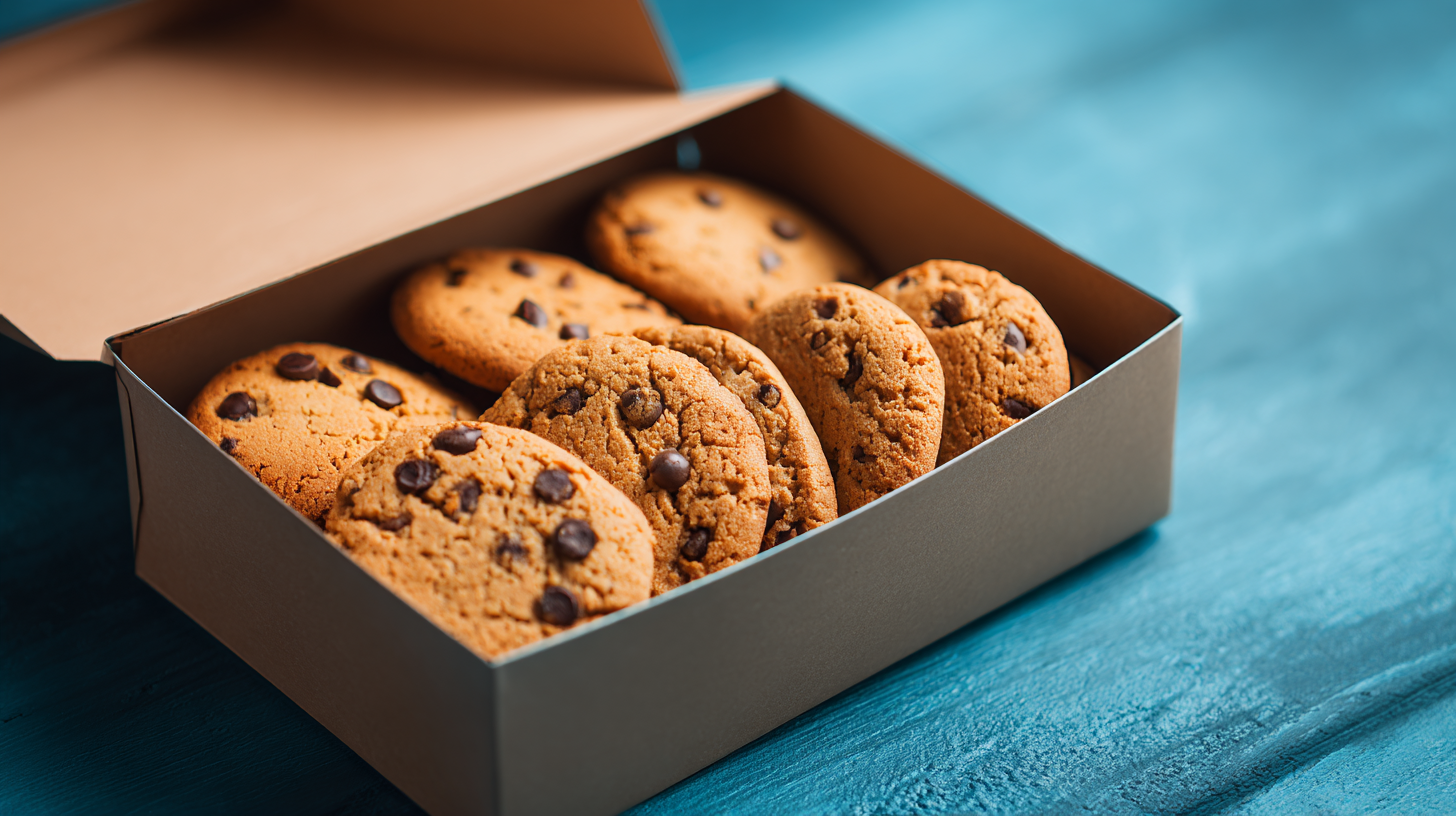
How to Reduce Plastic Waste with Innovative Cookie Packaging Solutions
In recent years, the baking industry has seen a significant shift towards sustainable practices, particularly in packaging. According to a 2022 report by Statista, the global eco-friendly packaging market is projected to reach $500 billion by 2027, highlighting a growing consumer demand for sustainable options. As bakers, adopting innovative cookie packaging solutions not only reduces plastic waste but also aligns with consumer preferences for environmentally responsible products.
One effective strategy for eco-friendly cookie packaging is to utilize compostable materials. A study published in the Journal of Cleaner Production found that compostable packaging can reduce greenhouse gas emissions by 40% compared to traditional plastic packaging. Options such as plant-based bioplastics, recycled paper, and cardboard are increasingly available. Additionally, incorporating minimal packaging and bulk-buying solutions can significantly decrease the amount of single-use plastics entering the waste stream. For instance, offering cookies in reusable containers can encourage customers to return for refills, promoting a circular economy and further minimizing environmental impact.
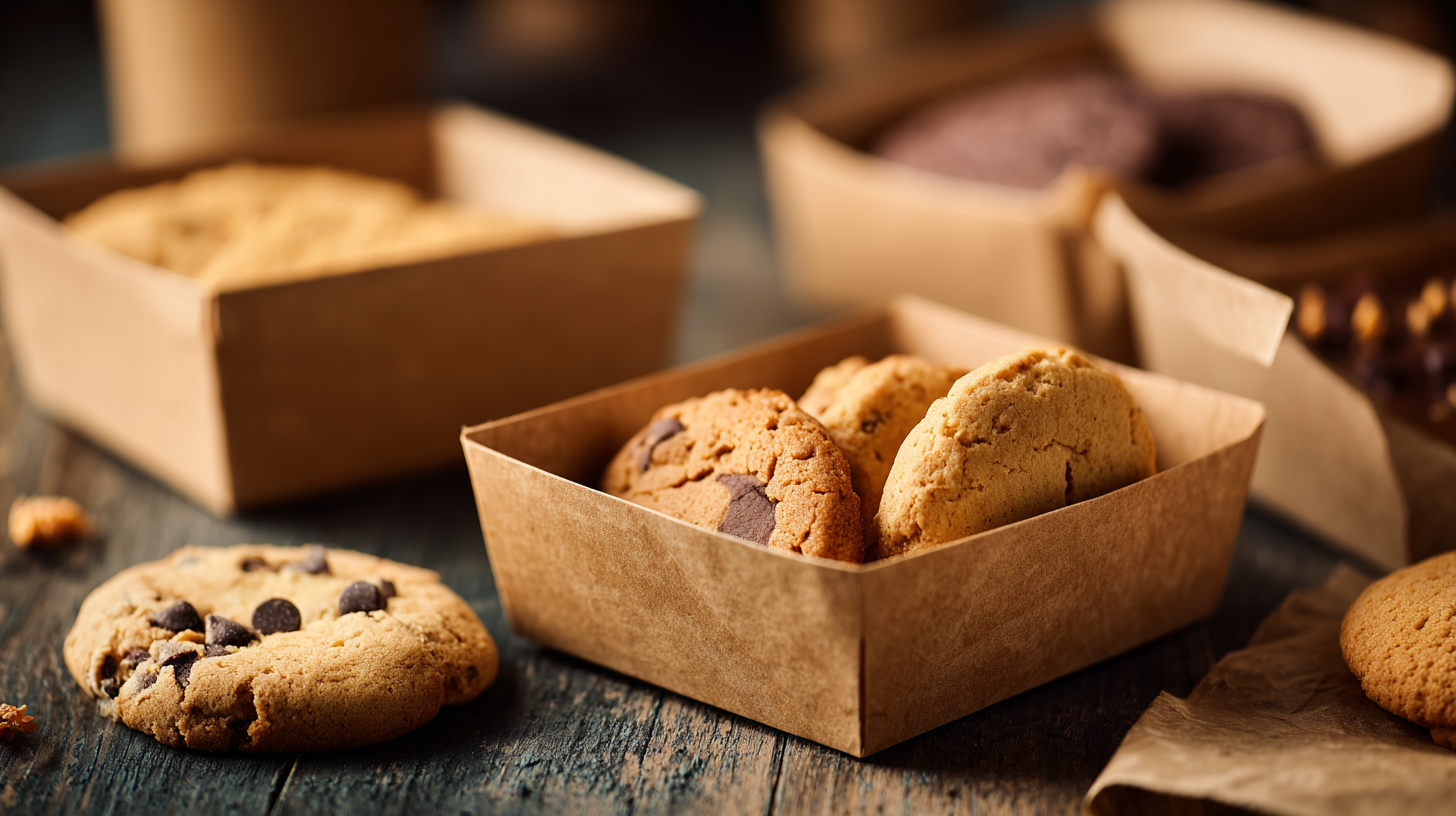
Tips for Sourcing and Selecting Eco-Conscious Suppliers for Baking Supplies
When it comes to sustainable baking, sourcing eco-conscious suppliers for your cookie packaging is crucial. Start by researching companies that prioritize sustainability in their manufacturing processes. Look for suppliers who use recyclable materials such as kraft paper, biodegradable plastics, or compostable wrapping. These products not only reduce your environmental footprint but also appeal to customers who value eco-friendly practices. Additionally, explore local suppliers to minimize transportation emissions, fostering a more sustainable local economy.
Another important aspect to consider is the certifications and standards adhered to by your suppliers. Seek out those who have recognized certifications, such as FSC (Forest Stewardship Council) for paper products or ISO for environmentally friendly practices. These certifications can serve as a benchmark for quality and commitment to sustainability. Engaging with suppliers directly can also reveal their transparency regarding sourcing methods and waste management practices, ensuring that your choice aligns with your eco-friendly baking goals. By prioritizing responsible sourcing, you not only enhance the sustainability of your bakery but also contribute to a larger movement towards environmental responsibility in the culinary industry.
Related Posts
-
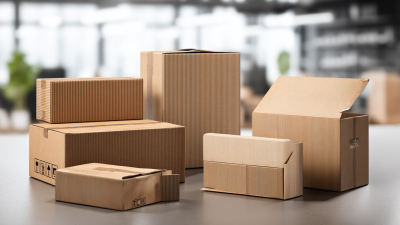
Unveiling the Secrets of Help Packaging for Optimal Product Preservation
-
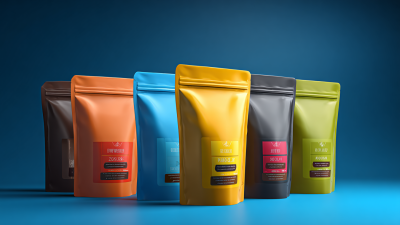
Innovative Stand Up Pouches Transforming Food Packaging with Market Growth Projections
-
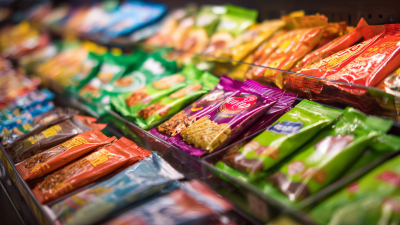
Exploring the Future of Sachet Packaging: Trends Driving Innovation in 2023
-

Understanding the Rising Demand for Sustainable Packaging Supplies in E Commerce Trends
-
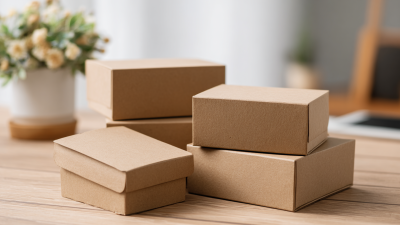
The Impact of Personalized Packaging Boxes on Consumer Behavior: Insights from Recent Market Research
-
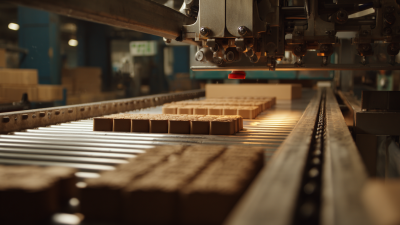
Exploring the Future of Box Printing: Innovative Techniques and Eco-Friendly Materials